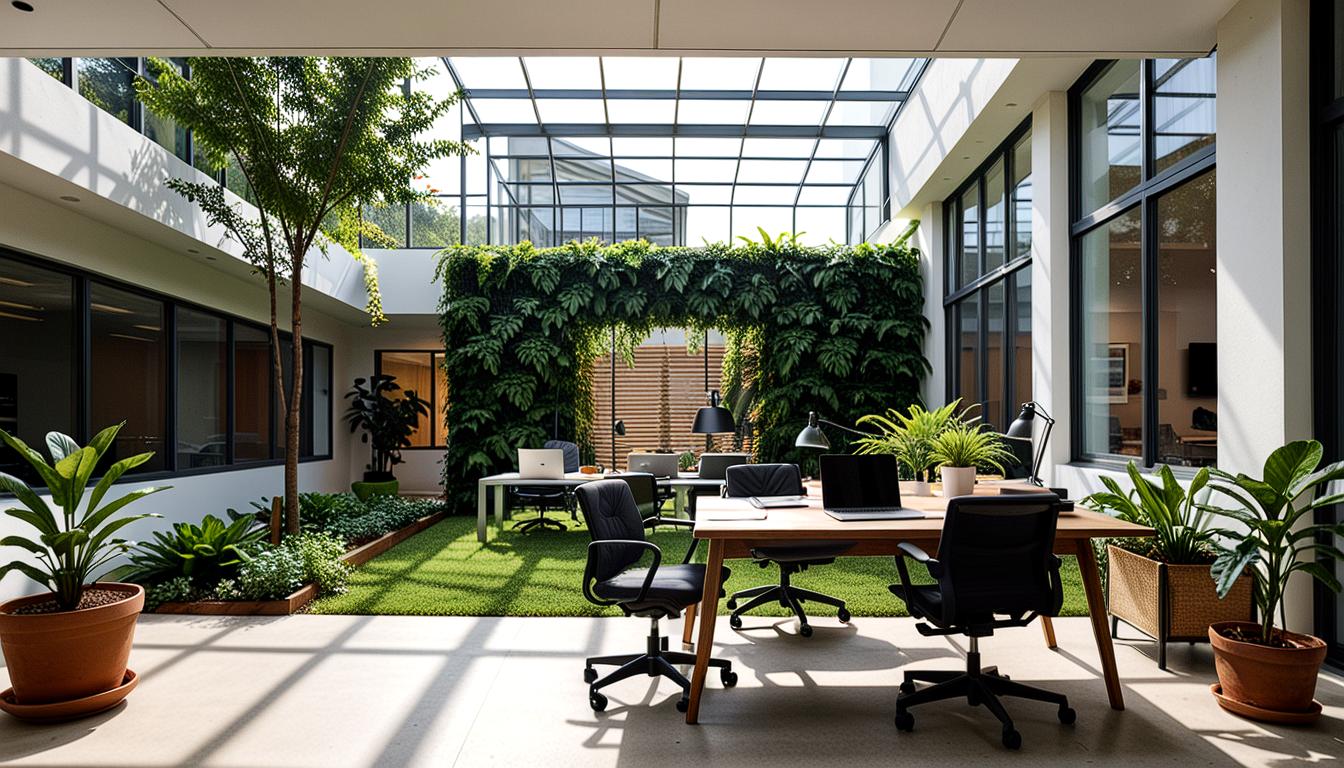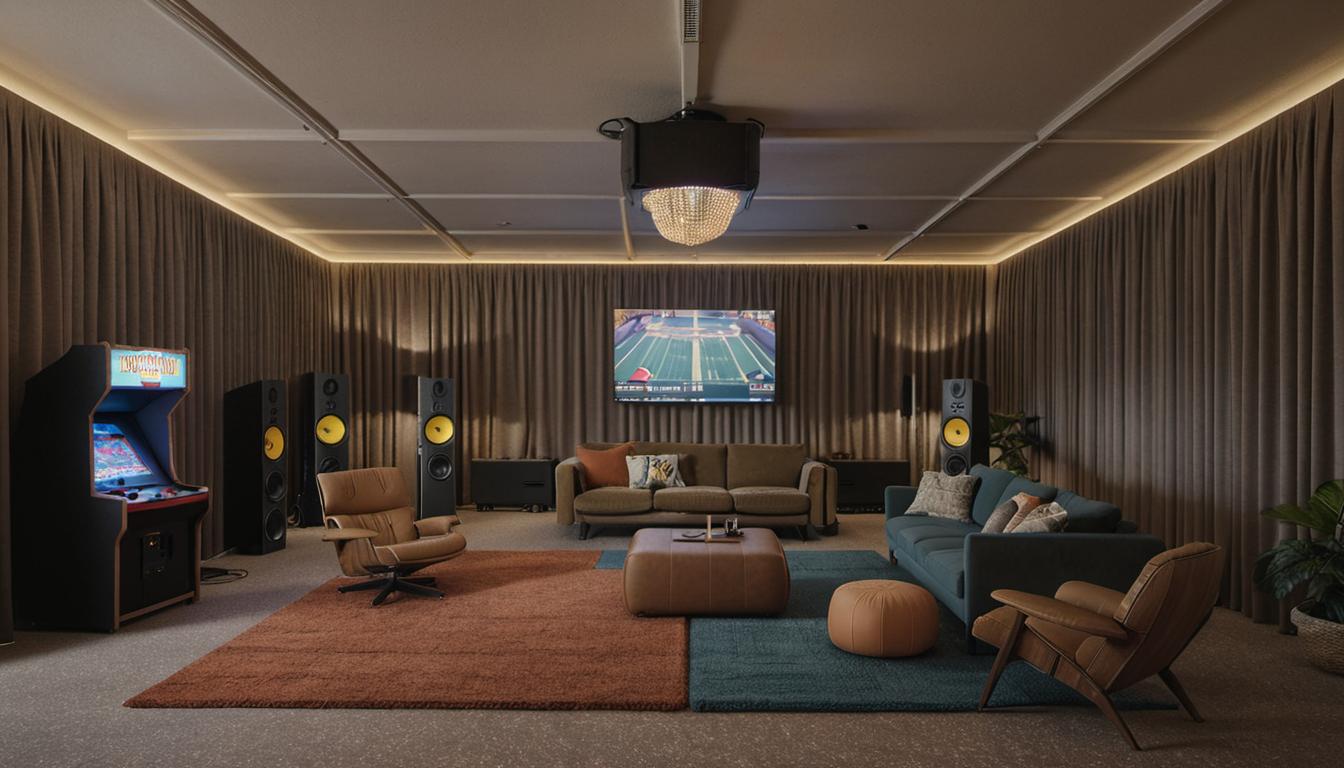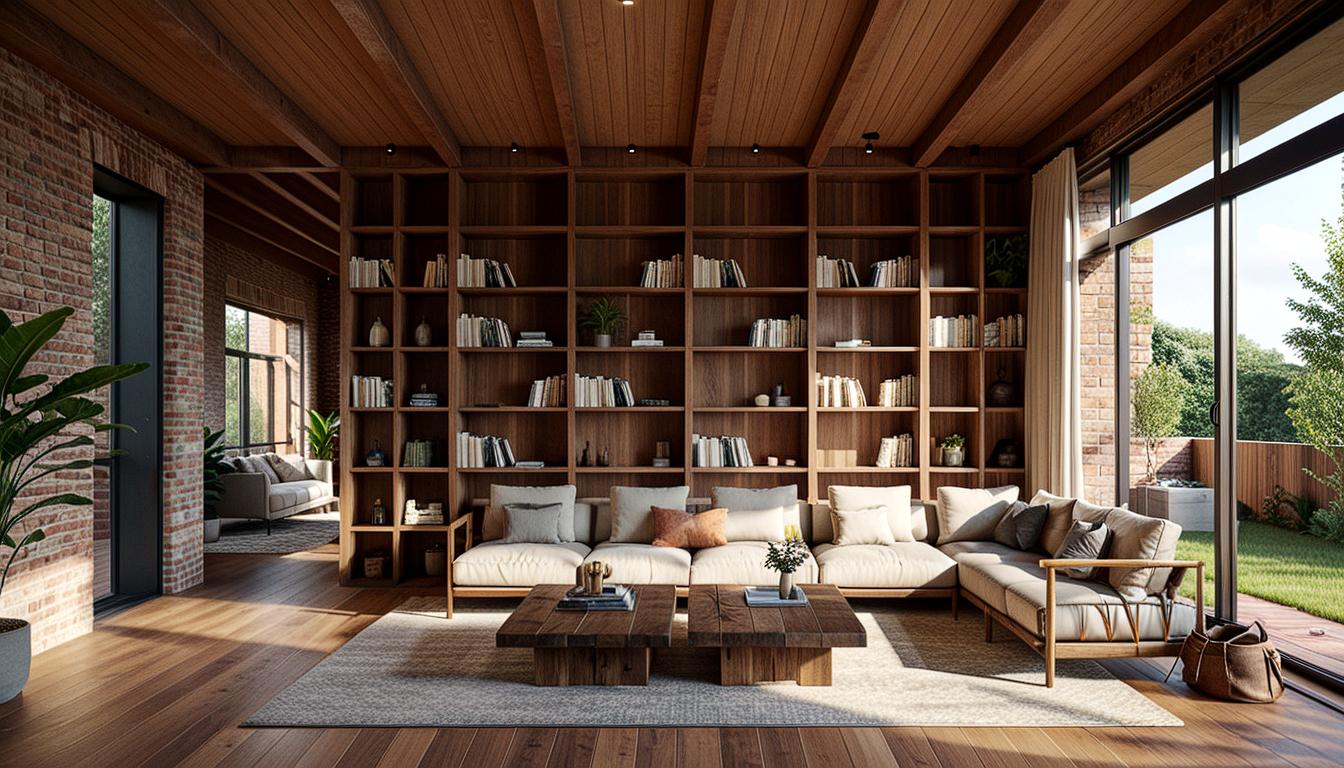How AI is Reshaping the Architectural Sector
From design optimization to performance analysis, AI is augmenting traditional architectural methods. The application of AI in architecture has led to streamlined processes, enhanced designs, and improved productivity. Architects can now rely on AI for design assistance, assessing building performance, and managing projects more effectively.
AI in Action: Top Examples in Architecture
Several tools and platforms are already employing AI in architecture with promising results. Autodesk’s Project Dreamcatcher is an example wherein AI is embraced for design optimization. Architects can enter design criteria, and the AI produces solutions considering factors such as cost-efficiency, environment-friendliness, and aesthetics.
Integrated Environmental Solutions utilizes AI for building performance analysis. By simulating a building’s energy consumption and thermal comfort, architects can create more sustainable designs.
Tools like ALICE Technologies use AI for better management of construction projects. This platform helps to predict project delays, manage resources, and identify patterns and trends for informed choices.
For 3D Modelling, Dassault Systèmes’ CATIA employs AI to produce high-quality renderings with practical suggestions for design improvements. On the other hand, IrisVR’s Prospect provides a realistic scale design representation to clients using VR/AR technology. Comprehensive project management is achieved through Autodesk’s BIM 360 that facilitates real-time communication, data sharing, and project tracking. Lastly, ArchiSnapper leverages AI to simplify drafting and specifications updating.
Overcoming Obstacles in Implementing AI
While AI offers numerous advantages, it also comes with challenges that need addressing. In the process of leveraging AI workflows, certain issues appear, including upfront costs, handling of exceptions, personal data security, and employee displacement concerns. These challenges demand solutions, careful consideration, and a fine balance to incorporate AI into the workflow effectively without compromising integrity, empathy, and rule of human oversight.
The Positives of Incorporating AI into Architectural Methods
AI integration offers various benefits to the architectural sector. It allows for robust creative exploration and innovative designs using generative AI. It automates repetitive tasks and increases productivity and efficiency significantly. With the use of predictive models, AI promotes sustainable and energy-efficient designs. Analyzing data patterns, AI facilitates design optimization and the creation of adaptable, future-oriented designs.
AI – The Path Ahead in Architecture
As AI continues to evolve, so are software and tools that architects can employ. With user feedback, these applications are undergoing continuous development and improvement. AI in architecture remains an essential tool for advancing the industry. Given its specific application, it holds immense potential for elevating design, construction, and project management practices.
Addressing Common Queries
- How does AI improve the efficiency of architectural design?
Through design optimization, repeatable task automation, and data-driven decisions, AI enhances architectural design efficiency. - Can you detail out Autodesk’s Project Dreamcatcher and its use of AI?
Using AI for design optimization, Autodesk’s Project Dreamcatcher lets architects enter design parameters, following which the AI suggests various solutions for a cost-effective, sustainable, and appealing design. - What is the role of AI in 3D modelling and rendering?
AI, as utilized in Dassault Systèmes’ CATIA software, assists in producing precise renderings of designs and suggests practical improvements for the design. - Can AI help automate tasks in architecture, if so, how?
Sure, AI can automate tasks in architecture. Tools like ArchiSnapper use AI to automate tasks like generating construction documents, drafting, and updating specifications, thereby reducing errors and enhancing productivity. - What are the main benefits of using AI in architecture?
AI offers several benefits in architecture, including encouraging innovative designs, enhancing productivity, promoting sustainable designs, facilitating data-driven optimizations, and generating future-oriented designs.
Overall, architecting workflows with AI can not only streamline processes but can also fuel the creativity of architects. The blend of humans and AI can go a long way in shaping our future architectures.






